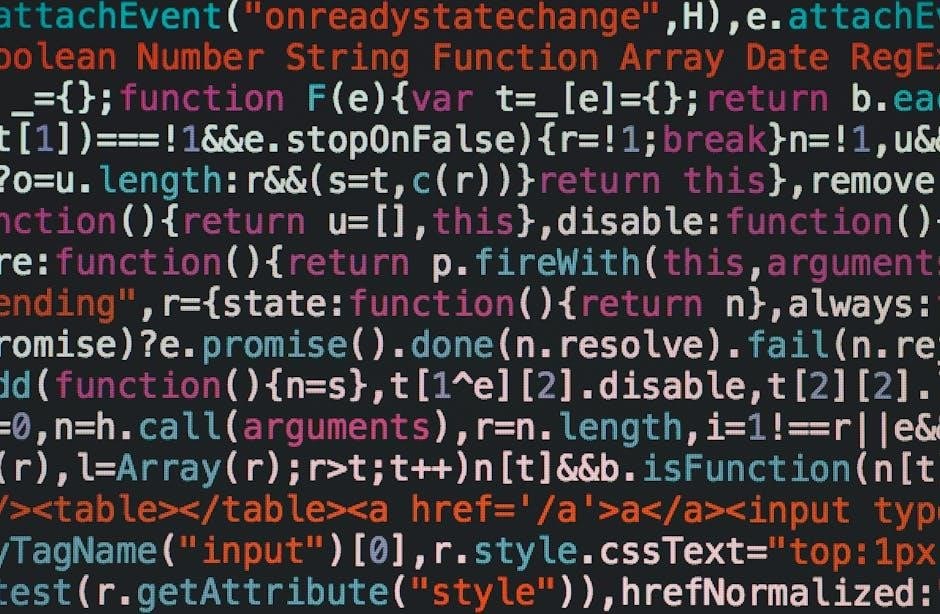Louis Vuitton date codes are a crucial element for verifying the authenticity and production details of LV products. They indicate the country and date of manufacture, helping collectors and buyers ensure their items are genuine. These codes have been used since the 1980s and are essential for maintaining the brand’s heritage and value. Understanding date codes is vital for anyone passionate about Louis Vuitton.
What are Louis Vuitton Date Codes?
Louis Vuitton date codes are unique identifiers stamped on products to denote their production details. These codes typically consist of a combination of letters and numbers, indicating the country of manufacture and the production date. They are a key tool for verifying the authenticity of LV items, as counterfeit products often lack valid or correctly formatted date codes.
Introduced in the 1980s, date codes serve as a discreet yet essential marker of the brand’s commitment to quality and transparency. They are usually found in inconspicuous locations, such as interior linings or stitching, ensuring they blend seamlessly into the design while providing vital information for collectors and enthusiasts.
Why are Date Codes Important for Authentication?
Date codes are vital for verifying the authenticity of Louis Vuitton products. They provide specific production details, such as the country and date of manufacture, which counterfeiters often cannot replicate accurately. By analyzing the code’s format, location, and alignment, experts can determine if a product is genuine. Additionally, date codes help enthusiasts and collectors track the history and provenance of their items, ensuring they align with Louis Vuitton’s manufacturing standards. This makes date codes an essential tool in maintaining the brand’s integrity and value.

History of Louis Vuitton Date Codes
Louis Vuitton introduced date codes in the 1980s to track production. Initially, they combined letters and numbers, marking a significant step in brand transparency and traceability.
Evolution of Date Codes Over the Years
Over the years, Louis Vuitton date codes have undergone significant changes. Initially introduced in the 1980s, they were simple combinations of letters and numbers. In the 1990s, the format became more standardized, incorporating country codes and production dates. By the 2000s, LV began using a combination of letters and numbers to denote specific factories and seasons. Recently, the brand has shifted to codes that include more detailed information, such as exact production lines and months. These changes reflect advancements in manufacturing and quality control. Collectors and authenticators must stay updated on these evolutions to accurately interpret and verify the codes, ensuring the item’s legitimacy and value.
How Date Codes Have Changed in Recent Years
In recent years, Louis Vuitton date codes have become more detailed and complex. Previously, date codes consisted of two letters indicating the country and a four-digit number for the date. Now, they often include additional digits to denote specific production lines or seasons. The brand has also shifted from heat-stamped codes to printed ones, making them harder to replicate. Furthermore, LV has introduced new formats to combat counterfeiting, such as codes that include the exact month of production. These changes reflect the brand’s commitment to maintaining authenticity and traceability. Collectors and authenticators must stay informed about these updates to accurately interpret and verify the codes.

How to Find the Date Code on Louis Vuitton Products
Date codes on Louis Vuitton items are typically hidden in inconspicuous areas, such as under straps, inside linings, or behind tags. Check handbags, wallets, or small leather goods thoroughly, as the code may be discreetly stamped or printed. Always examine the interior seams or pockets for these identifiers, ensuring a careful search to locate them; Good lighting and attention to detail are essential for spotting the code, which helps verify authenticity and production details.

Location of Date Codes on Handbags and Wallets
Louis Vuitton date codes are often found in discreet locations on handbags and wallets. For handbags, they are commonly located under the handles, inside interior pockets, or along the seams. Wallets typically have date codes on the inside lining or near the fold. Sometimes, the code is stamped behind a tag or on the edge of a strap. The exact location may vary depending on the item’s design and production year. Always examine these hidden areas carefully, using good lighting to spot the small, often faint markings. This attention to detail ensures accurate identification and verification of the item’s authenticity.
Hidden Spots Where Date Codes Are Often Found
Louis Vuitton date codes are often hidden in hard-to-see areas to maintain the product’s aesthetic. They can be found behind interior tags, inside small pockets, or along stitching lines. For example, some handbags have date codes hidden under the base, near the hardware, or inside zippered compartments. Wallets may have them tucked behind card slots or along the fold. Sometimes, the code is stamped on the edge of a strap or inside a magnetic closure. These discreet locations require careful examination, often with good lighting, to spot the small, sometimes faint markings. Knowing these hidden spots is essential for verifying the authenticity of Louis Vuitton items.
Understanding the Structure of a Louis Vuitton Date Code
Louis Vuitton date codes are composed of letters and numbers, where letters indicate the country of origin, and numbers represent the production date, such as week and year.
Breaking Down the Code: Letters and Numbers
Louis Vuitton date codes are structured with letters and numbers, each providing specific information. The letters represent the country of production, such as “FR” for France or “IT” for Italy. The numbers indicate the production date, with the first two digits denoting the week and the last two digits representing the year. For example, “23” refers to the 23rd week, and “25” indicates the year 2025. This system allows for precise tracking of when and where an item was made. Understanding this structure is essential for verifying authenticity and tracing the origins of Louis Vuitton products. This code system has been refined over the years to ensure accuracy and consistency.

Examples of Date Codes and Their Meanings
Examples of Louis Vuitton date codes include “FR2023” or “CA2316.” In “FR2023,” “FR” stands for France, the country of production, while “2023” indicates the year of manufacture. Similarly, “CA2316” breaks down to “CA” for Canada and “2316” representing the 23rd week of 2016. Earlier codes, like “87,” denote the year 1987, while “22” refers to 2022. These codes are typically stamped on the interior of handbags or wallets, providing clear production details. For instance, “ES1015” signifies Spain as the production country, with the item made in the 10th week of 2015; Understanding these examples helps in accurately interpreting Louis Vuitton date codes and verifying their authenticity.

How to Authenticate a Louis Vuitton Date Code
To authenticate a Louis Vuitton date code, verify its format and alignment with the product’s age. Ensure it matches the production timeline and seek expert confirmation if unsure.
Steps to Verify the Authenticity of a Date Code
To verify a Louis Vuitton date code, start by locating it on the item, typically found in discreet areas like interior pockets or near stitching. Ensure the code is properly aligned and matches the expected format for its production era. Cross-reference the code with Louis Vuitton’s known date code patterns and production timelines. Verify the country code corresponds to the item’s supposed origin. Check for consistency in font style and spacing, as counterfeit codes often appear misaligned or uneven. Finally, consult an LV expert or trusted authenticator to confirm the code’s legitimacy, especially for rare or vintage pieces. Precision is key to ensuring authenticity.
Common Mistakes When Reading Date Codes
One of the most common mistakes when reading Louis Vuitton date codes is misinterpreting the structure or misunderstanding the encoding system. Many individuals confuse the letters and numbers, failing to recognize their specific roles in identifying the production date and location. Another error is overlooking the subtle changes in date code formats over the years, leading to incorrect assumptions about the item’s age. Additionally, some people mistakenly believe that date codes are always visible or easy to find, when in fact, they are often hidden in discreet locations. Forged date codes may also have misaligned fonts or incorrect country codes, further complicating authentication. Always ensure to cross-reference the code with trusted sources or experts to avoid these pitfalls.

Recent Updates and Changes in Louis Vuitton Date Codes

Louis Vuitton has reintroduced date codes after a brief hiatus, incorporating new formats and enhanced security features to combat counterfeiting and improve authentication processes globally.
New Formats and What They Mean for Collectors
Louis Vuitton has introduced updated date code formats, featuring enhanced security elements to prevent counterfeiting. These changes include intricate details and new positioning, making authentication more precise. Collectors must now familiarize themselves with these updated codes to verify authenticity accurately. The new formats also provide clearer production details, aiding collectors in tracing the item’s origins. Additionally, these updates ensure that Louis Vuitton maintains its commitment to quality and transparency, which are essential for preserving the value of their pieces. For collectors, understanding these new formats is crucial for making informed purchases and ensuring their items are genuine.
Louis Vuitton date codes play a vital role in confirming authenticity and value. Understanding them ensures genuine purchases and preserves the brand’s legacy for future collectors.
Final Thoughts on the Importance of Date Codes
Louis Vuitton date codes are indispensable for verifying authenticity and understanding a product’s origins. They provide crucial information about the manufacturing date and location, essential for collectors and buyers. By analyzing these codes, one can ensure the item’s legitimacy and value. Over the years, date codes have evolved, reflecting changes in production methods and brand strategies. Despite these changes, their significance remains unchanged. For anyone passionate about Louis Vuitton, understanding date codes is key to making informed decisions and appreciating the craftsmanship behind each piece. They not only protect consumers from counterfeits but also preserve the brand’s rich heritage for future generations.
